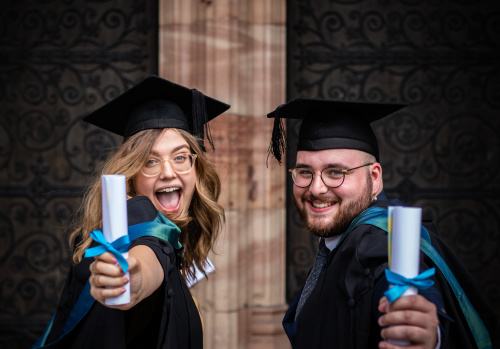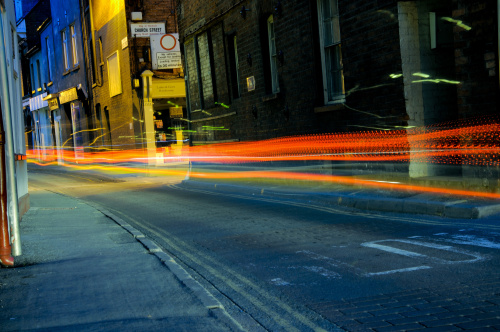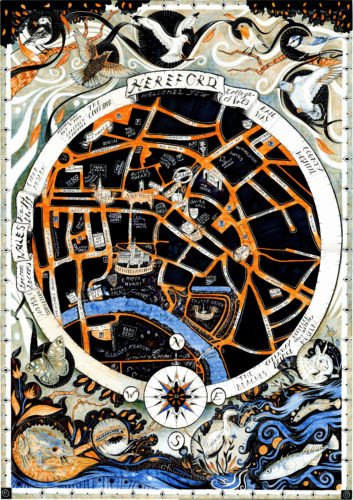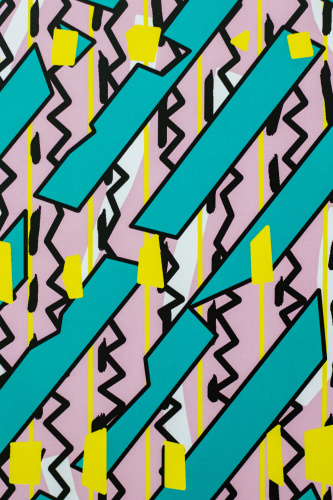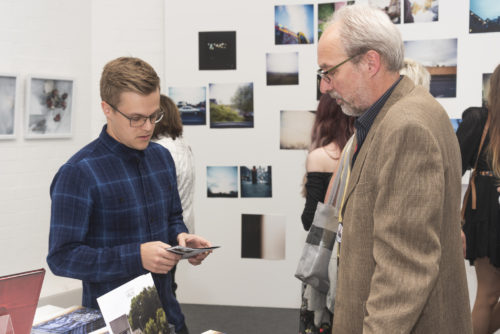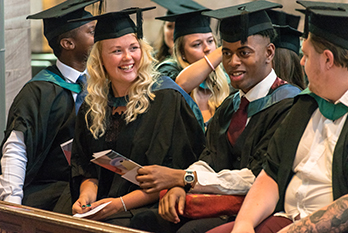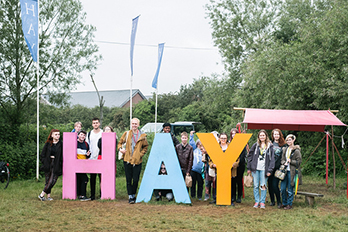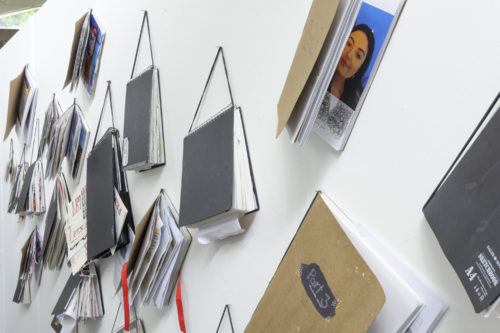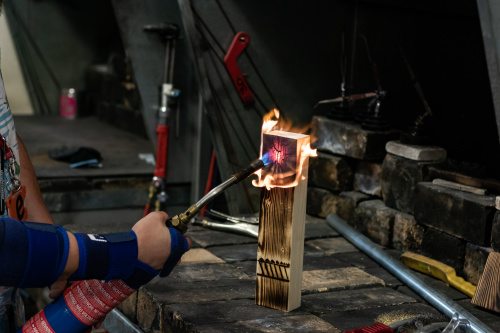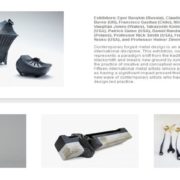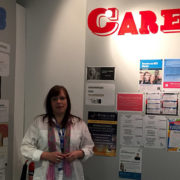Mapping Inspirations – Inspired by the Mappa Mundi
Published on 08.03.17
During the last semester, our second-year students’ design and make module started off with a visit to Hereford Cathedral’s famous Mappa Mundi. The Mappa Mundi is an extraordinary thirteenth century map, drawn on a single piece of vellum, reflecting the thinking of the medieval church, with Jerusalem in the centre of the world. There are
Categories
During the last semester, our second-year students’ design and make module started off with a visit to Hereford Cathedral’s famous Mappa Mundi. The Mappa Mundi is an extraordinary thirteenth century map, drawn on a single piece of vellum, reflecting the thinking of the medieval church, with Jerusalem in the centre of the world. There are over five hundred drawings on the map, detailing cities, towns, biblical events, plants, animals, strange creatures, people of the world and classical mythology.
The students were asked to use the Mappa Mundi as a starting point to generate ideas, and were asked to consider the following for research :
- Historical context, – it is an outstanding ancient treasure of the medieval world. It shows us what the world looked like to early medieval people; what was important to them, and how they made sense of it.
- Also, politically what was going on at the time – why was it made? Where are the centres of power, perceptions of power, and how are they represented?
- We can see it geographically, as a means of mapping and navigating the world as the medieval traveller would have known it, so we can look at all the ways there are of plotting a journey, of finding a way; sign-posting, waymarkers, all kinds of maps and the information we choose to record; then and now.
- We can view it through a religious context – pilgrims would recount their journeys through the religious world using the map with Jerusalem at the centre of the world. Why was this?
- We can also see it as a religious icon of protection – treasures, lockets, fragments of religious iconography such as pieces of the cross, rosaries, charms, cards of the saints, amulets, talismans, and objects that are believed to offer protection.
- We can consider the context in which it was made, the materials, how and why it was constructed and what from, and how that came about – what stories are involved in this – what process, ethics and morals are involved?
The Mappa Mundi proved to be a fantastic starting point for a design and make module, as students’ research took them in so many different directions. The final outcomes evidence an enormous range of design possibilities generated from using the Mappa Mundi as an initial starting point.
This brief has coincided with the Cathedral curating an exciting exhibition Mapping Inspirations – Artistic Responses to the Mappa Mundi where they have invited five key nationally and internationally recognised artists – Genevieve Belgard, Charlie Calder-Potts, Ewan David Eason, Andrea Mclean and Grayson Perry – to make work in response to the Mappa Mundi, and we are delighted to announce that the Cathedral has decided to include some of our student’s work in this exciting exhibition.
Last week Rosemary Firman and Sarah Arrowsmith came to College Road and the students’ studio to select some final work to exhibit.
Congratulations to Alfred Pedersen, Rhys Bateman, Fred Andrews, Jessica Bevington and Matt Geer, whose work will be exhibited in Hereford Cathedral from 10th April to 15th July.
